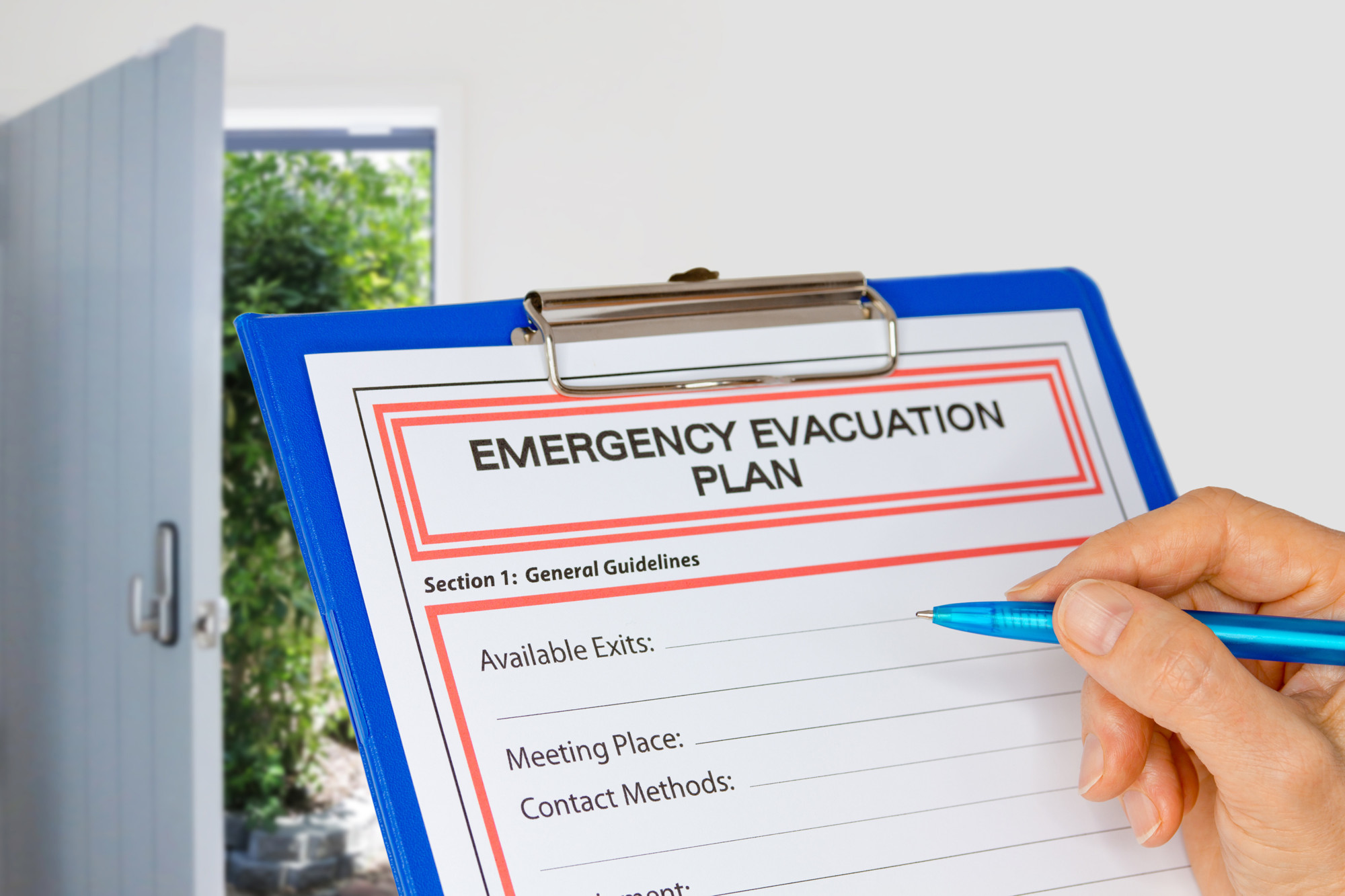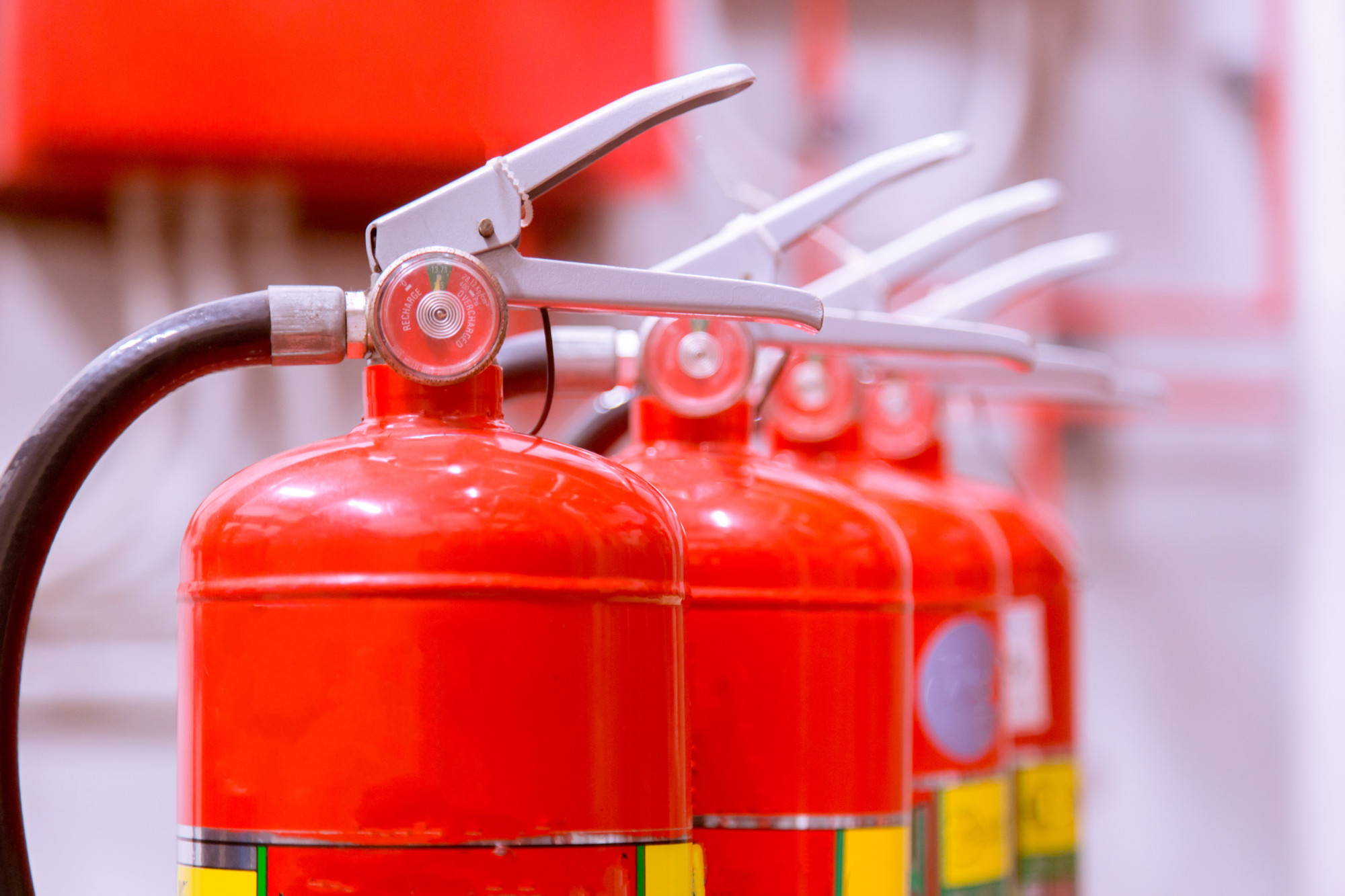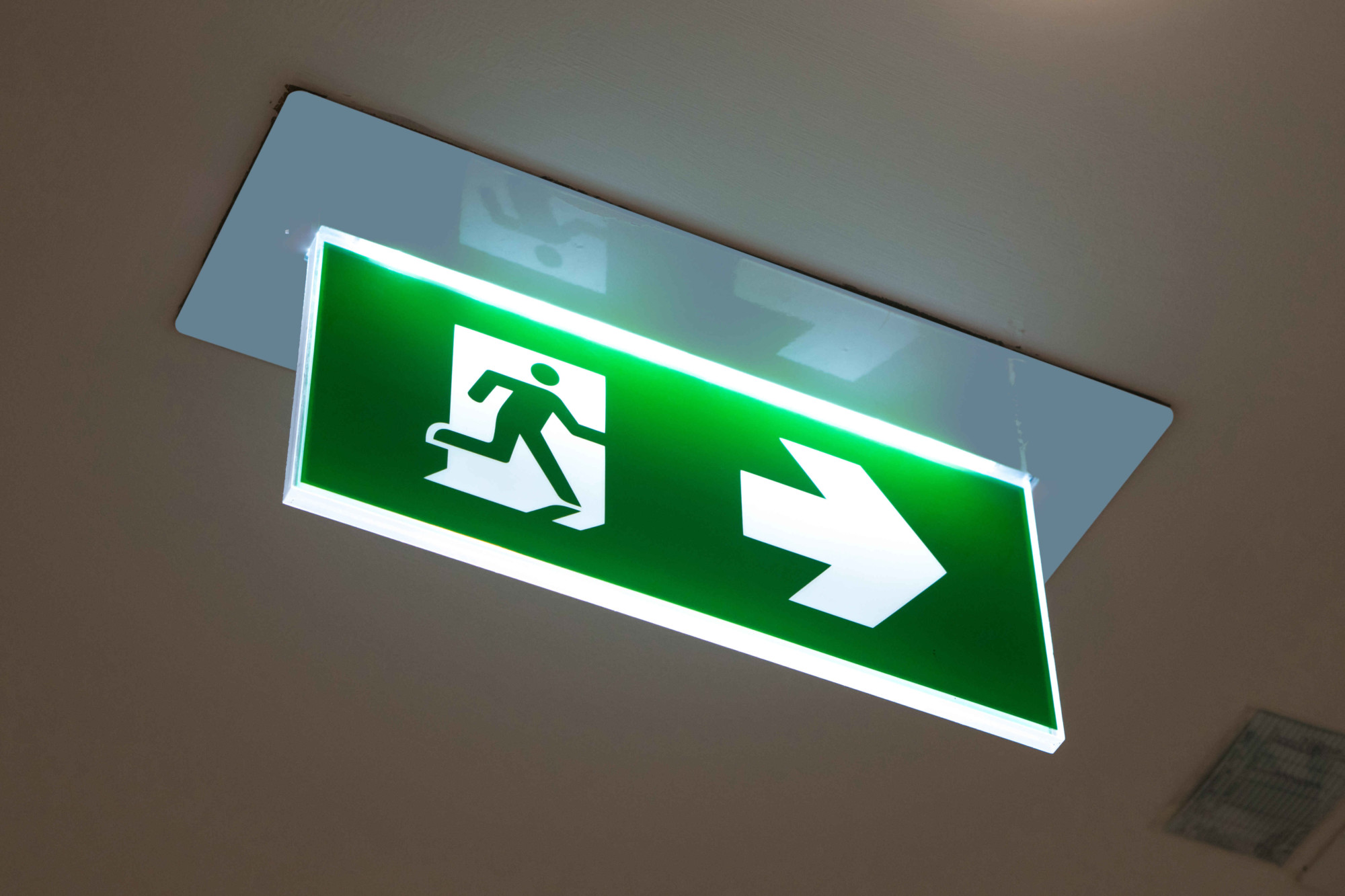HERE’S 10 THINGS YOU SHOULD KNOW TO COMPLY WITH LEGISLATION – MADE SIMPLE!!

1. Put simply the Responsible Person is:
-
- In most cases the employer i.e. the company or organisation that employs people to work on the premises. However, in the case of a prosecution a director, manager, company secretary or similar officer of the company could be prosecuted as well as, or instead of, the corporate body.
-
Or where the premises are not considered a workplace the person who has control of the premises in connection with conducting a trade, business or other undertaking (for profit or not) is the RP.
-
Where the person in control of the premises does not have control in this way, the ‘responsible person’ is deemed to be the owner.
- In practical terms the person responsible for fire safety in a business could be any of the following:
-
Employer
-
Owner
-
Landlord
-
Occupier
-
Facilities manager
-
Building manager
-

2. It is your legal responsibility to conduct a Fire Risk Assessment and review it regularly. For peace of mind call in the experts who are trained, competent and conversant with the legislation. The areas they will look at will include:
- Eliminating the risk of fire where possible
- Fire prevention – e.g. smoke and fire alarms
- Fire-fighting equipment to tackle small fires
- Evacuation plans, exit routes and emergency lighting
- Identifying persons at risk
- Safety equipment checks
- Will people know what to do and how to use any safety equipment?
3. Address any issues flagged by the Fire Risk Assessment
- You must implement measures to address any shortfalls highlighted – ignoring them is negligence and a criminal offence if the worst happens!
- An informal notice suggests improvements
- A formal fire safety notice tells you how to fix specific problems that have identified.

4. You must provide Fire Detection, Warning Systems and Fire Fighting Equipment
It is critical to have both fire detection and warning systems in place to alert building occupants to evacuate as soon as possible in case of emergency. The exact requirements depend on the type of building and the type of work undertaken in the premises, a fire risk assessor will be able to guide you on this.
Fire extinguishers and blankets are required to allow staff to fight small fires
It is the Responsible Person’s duty of care to ensure equipment will be operational in a fire emergency. Ensure expert advice is sought from a reputable company and all installation, testing and maintenance is up to the appropriate British Standards.

5. Emergency Lighting
As a general rule, emergency lighting is required if premises are used during the hours of darkness.
Emergency escape lighting systems are designed to illuminate both escape routes and safety equipment if normal illumination fails during a fire or power failure.
Emergency lights and signs must be sited to:
-
clearly show the exit routes to the final exits from the premises.
-
illuminate hazards such as stairways, changes in floor level, corridors, changes in direction.
-
highlight the outside of each final exit, plus plant rooms, lifts, toilets.
Testing and maintenance of emergency lighting to the BS 5266 code of practice is critical to keep your emergency lighting in good working order. Consult the fire experts to ensure you are compliant.
6. A competent person
Must regularly test and maintain all equipment. This includes fire alarms, fire-fighting equipment, emergency lighting and even signage.
7. A competent person is someone who should:
-
understand the relevant fire safety legislation.
-
have appropriate education, training, knowledge and experience in the principles of fire safety.
-
have appropriate training and/or experience in carrying out maintenance checks on fire safety equipment.
8. The Responsible Person needs to communicate fire safety information to staff
Ensure staff are fully informed of:
-
Identified fire risks
-
Fire safety information and instructions e.g. the evacuation plan
-
Drills
Staff should receive training on how to safely use any fire-fighting equipment.

9. Keep detailed records
It is necessary to keep an up to date Fire Safety Log book which should document everything relevant to fire safety, including (but not an exhaustive list):
-
Risk assessments and findings.
-
Any deviations from standards.
-
Improvements made to fire safety measures.
-
False alarms.
-
Servicing/maintenance and testing.
-
Fire drills.
-
Training
10. The Regulatory Reform (Fire Safety) Order
This guide is not intended to be a comprehensive explanation of the vital role the nominated responsible person plays in the Fire Safety of commercial premises in the UK. The legislation is very complicated and reading this guide is a good first step towards understanding it.
To read the full Regulatory Reform (Fire Safety) order 2005 visit: http://www.legislation.gov.uk/uksi/2005/1541/contents/made